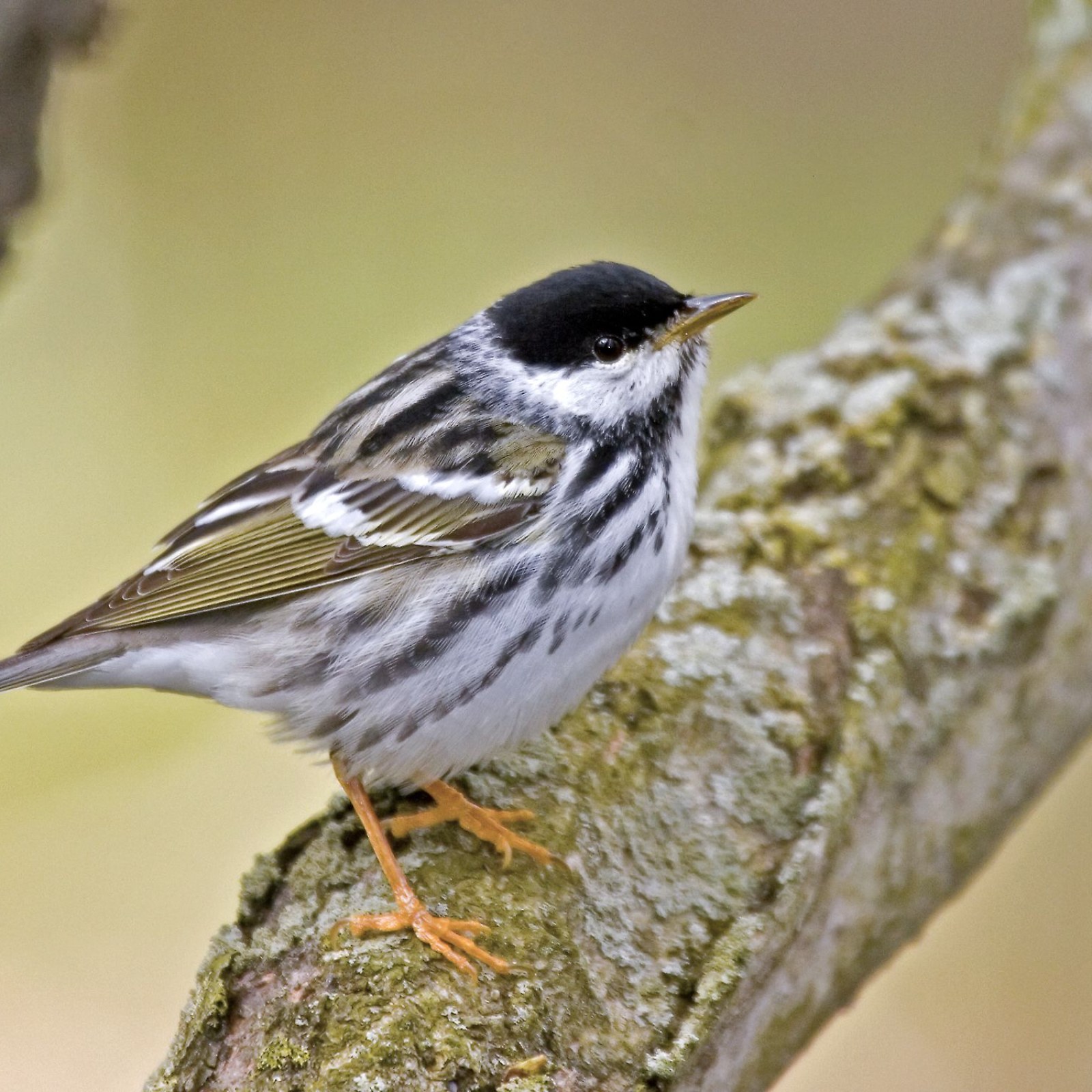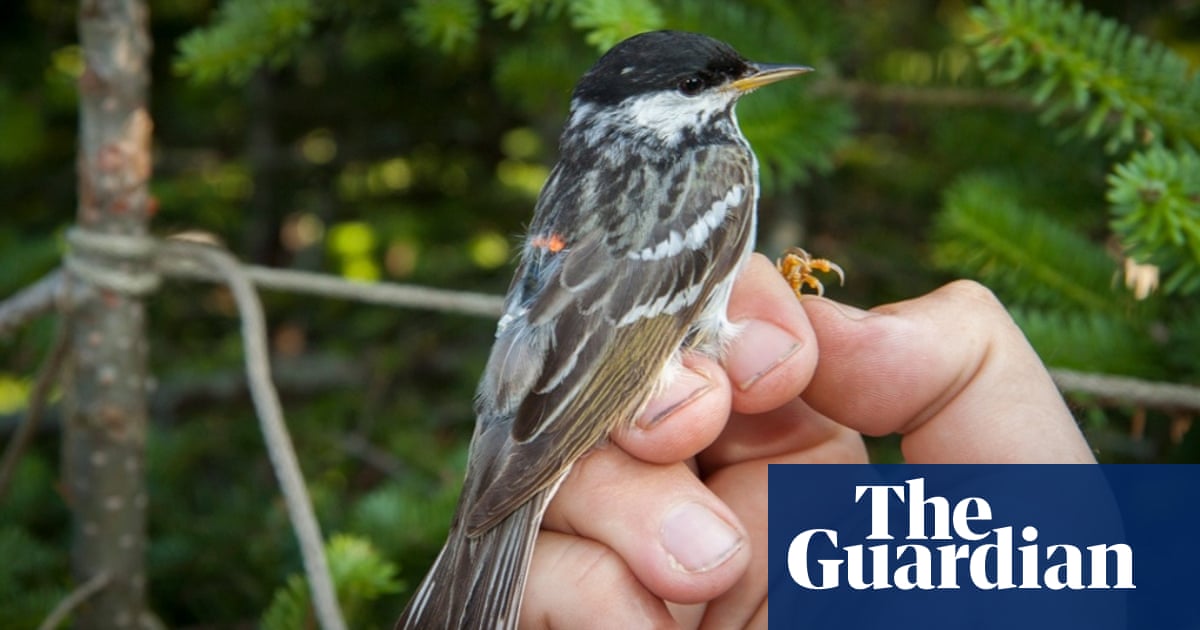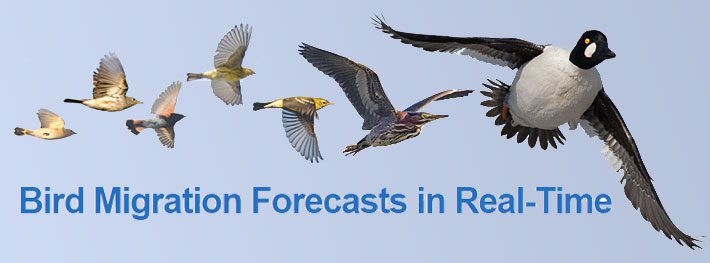Have you ever wondered how birds can travel thousands of miles during their annual migration? Scientists have recently uncovered a surprising discovery about the fuel that powers a bird’s non-stop journey. It turns out that blackbirds, and other migratory songbirds, start their intercontinental flight with a protein boost. This protein allows them to burn muscle mass throughout the journey to fuel their endurance. This blog post will reveal the fascinating science behind blackbird migration and explore the secrets of their incredible endurance.
I. Introduction
Definition of bird migration
Bird refers to birds’ regular seasonal movement from one place to another, usually between breeding and non-breeding grounds. Over half of North American breeding birds engage in migration, driven by the search for resources such as food and nesting locations that are in short supply during certain times of the year. Many birds travel thousands of miles on their journeys, following established routes, pausing for rest, and refueling. The migration pattern is highly variable, with different species and even segments of the same species following different migratory patterns. Factors such as day length, temperature, genetics, and food availability can all affect migratory behavior. Despite the immense effort involved, migration is a vital aspect of bird life that has evolved over thousands of years to ensure its survival. [1][2]
Importance of bird migration in nature
Bird plays an essential role in maintaining the balance of nature. It helps distribute seeds and insects, contributing to new vegetation’s growth. Bird droppings also serve as natural fertilizers for the soil. Moreover, bird migration is crucial in controlling insect populations by consuming huge amounts of insects during their journey. It is also an important aspect of pollination, especially for flowering plants. By traveling to different areas, birds help cross-pollinate flowers, leading to genetic diversity. In addition, bird migration is an important indicator of climate change. As birds adjust their migration patterns to suit changing weather conditions, scientists can track the impact of climate change on various ecosystems. Therefore, bird migration is vital for the overall health and sustainability of our planet. [3][4]
II. The Blackpoll Warbler’s Migration Pattern
Distances traveled by blackpoll warblers
Blackpoll warblers are known to undertake one of the most epic migrations in the avian world. These tiny birds, weighing less than half an ounce, travel over 12,000 miles on their annual roundtrip journey. Some blackpoll warblers breed in western North America and have to cross the entire continent before embarking on a nonstop trans-oceanic flight. Their journey takes them up to four days to South America, where they spend the winters. The birds fatten up in the Atlantic coast of the Carolinas before the transoceanic hop to their overwintering grounds in northern Colombia, Venezuela, and Brazil. The impressive distances traveled by blackpoll warblers demonstrate the importance of bird migration both in maintaining ecosystems and understanding the impact of climate change on migratory birds. [5][6]

Routes taken by blackpoll warblers during migration
During migration, blackpoll warblers take an incredible journey covering up to 12400 miles roundtrip. These small birds take different routes depending on where they breed. Birds breeding further west depart the breeding and wintering grounds much earlier to arrive at their destinations on time. The birds from Nome, Alaska, take an 18-day flight across North America to the Atlantic coast of the Carolinas before spending almost a month fattening up to double their body weight. They then embark on a non-stop 2.5-day flight across open water to overwintering grounds in northern Colombia, Venezuela and Brazil. The route blackpoll warblers take during their migration journey is vital information that helps us understand the demands and ecological constraints they face throughout the journey. [7][8]
III. Fuel Source for Migration
Previous assumptions about fuel sources for migratory birds
Previously, it was assumed that migratory birds primarily rely on fat reserves to fuel their long journeys. However, recent studies have revealed that high-protein diets play a crucial role in sustaining migratory birds, such as blackpoll warblers, during their arduous journey. The use of wind tunnels and mist nets have helped to shed light on the metabolic processes that occur during migration, showing that muscle protein is utilized as an energy source in addition to fat reserves. This discovery has challenged previous assumptions about the physiological mechanisms behind bird migration. It highlights the need for continued research in this field to understand better the complex nature of avian migration and their fuel sources. [9][10]
New discovery about protein as a fuel source for blackbirds
Recent studies have discovered that migrating birds require a protein boost to support their long flights. The old belief was that birds consume increased protein only at the end of their journey. However, birds have been found to need protein, especially early in their flights. Birds also burn protein at an extremely high rate very early in their flights and the rate at which they burn protein tapers off as the flight duration increases. In addition, researchers have found that the blackpoll warbler consumes significant amounts of protein as a fuel source. The discovery of protein as a critical fuel source for birds’ long journeys is groundbreaking. This new understanding presents an opportunity for potential future research avenues to understand the birds’ behavior and better protect them. [11][12]

IV. Study Methods
Use of Wind tunnel and mist nets in Studying blackpoll Warblers
Researchers used various techniques to study blackpoll warblers’ migratory habits, including mist nets and wind tunnels. Mist nets are fine, barely visible nets that are used to capture small birds safely. These nets were used to capture blackpoll warblers during their migration, which allowed researchers to collect necessary data to study their migratory patterns and metabolic processes. The birds were then transported to a specialized wind tunnel to observe their flight patterns, while their fat and lean body mass content was measured. The data collected from these techniques helped researchers in making a surprising discovery that these birds also consume protein as a fuel source during long-distance migration. The use of wind tunnels and mist nets in studying blackpoll warblers serves as a prime example of using scientific methods to learn more about the fascinating natural world around us. [13][14]
The research team involved in the study
The research on the protein consumption of blackpoll warblers during migration was conducted by a team of scientists led by researchers at the University of Massachusetts Amherst. The team included Alexander Gerson, an associate professor of biology at UMass Amherst, and Chandler Elowe, a postdoctoral researcher in biology at UMass Amherst. The team utilized a wind tunnel and mist nets to capture and transport the migrating songbirds, consisting of 20 blackpolls and 44 yellow-rumped warblers. Pre-flight measurements of the birds’ fat and lean body mass were taken, and the birds were then released in the wind tunnel. The researchers found that the birds burn protein at an extremely high rate very early in their journeys and use 20% of their muscle mass as fuel. The team’s groundbreaking findings have opened up various future research avenues. [15][16]

V. Implications of the Discovery
Potential future research avenues
The recent discovery of high protein consumption among migrating birds has opened up several avenues for future research. Scientists are now interested in discovering why songbirds burn such vast stores of protein so early in their journeys and the possible consequences for their overall health. One potential area of focus is to determine the types of protein being burned and whether they offer any specific nutritional benefits that aid in the birds’ endurance. Additionally, researchers may explore whether different bird species have varying protein needs depending on their migratory routes and what factors influence their choice of protein sources. Continued research on bird migration is crucial for the conservation of these incredible animals and their habitats. By better understanding their behaviors and needs, we can ensure that they have the best chance of survival in an ever-changing world. [17][18]
Possible explanations for high protein consumption early in the migration
The recent discovery that migrating birds burn protein, particularly muscle, in addition to fat, at a high rate early in their journeys has posed a new question: why do they do it? Experts have noted that protein burns faster than fat, which could be advantageous for long-distance migratory birds since it allows them to get quickly into flight without carrying too much weight. Muscle and internal organs, both protein-rich, are typically burned for energy when food is unavailable. Another explanation could be that protein provides more energy than fat alone. Whatever the explanation, more research is needed to understand this phenomenon, which could also yield insights into the evolution of metabolism. [19][20]
VI. Steps Toward
The wonder of bird migration
Bird is truly a wonder of the natural world. The incredible distances traveled and the obstacles overcome by these small creatures is nothing short of amazing. Millions of birds embark on long, perilous journeys between their breeding and wintering grounds yearly. They fly nonstop for days at a time, and contend with harsh weather, dehydration, starvation, and the constant threat of predation. Yet, somehow, they manage to make it to their destination. It’s awe-inspiring to think about the navigational, physiological, and behavioral abilities that birds have developed over time to succeed in their migrations. The more we learn about these journeys, the more incredible they seem, making continued research on bird migration crucial for conserving these amazing creatures. [21][22]
Importance of continued research on bird migration for conservation purposes
Continued research on bird migration is crucial for conservation purposes. By understanding the routes and behaviors of migratory birds, scientists can identify areas of importance and implement measures to protect them. This includes identifying stopover sites crucial for birds to refuel during their long journeys and foraging and nesting grounds essential for their survival. Furthermore, research on bird migration can help inform conservation efforts in response to climate change. As temperatures shift and weather patterns change, migratory birds may alter their routes and timing, which can have cascading effects on ecosystems. By tracking and studying these changes, researchers can work towards developing adaptive strategies to protect migratory bird populations and ensure their continued existence. Overall, continued research on bird migration is vital for conserving these incredible and important creatures. [23][24]
Latest Posts
The Ultimate List: Top 8 Best Birdwatching Podcasts for Avid Birders
Looking for the top birdwatching podcasts? Here are the eight best options to tune into today! Birdwatching can be a thrilling, immersive experience that brings...
Stop Squirrels in Their Tracks: 10 Effective Ways to Safeguard Your Bird Feeder Pole
To prevent squirrels from climbing your bird feeder pole, use squirrel baffles and slippery poles. Here are ten effective ways to keep squirrels from stealing bird food and damaging bird feeders. ...


